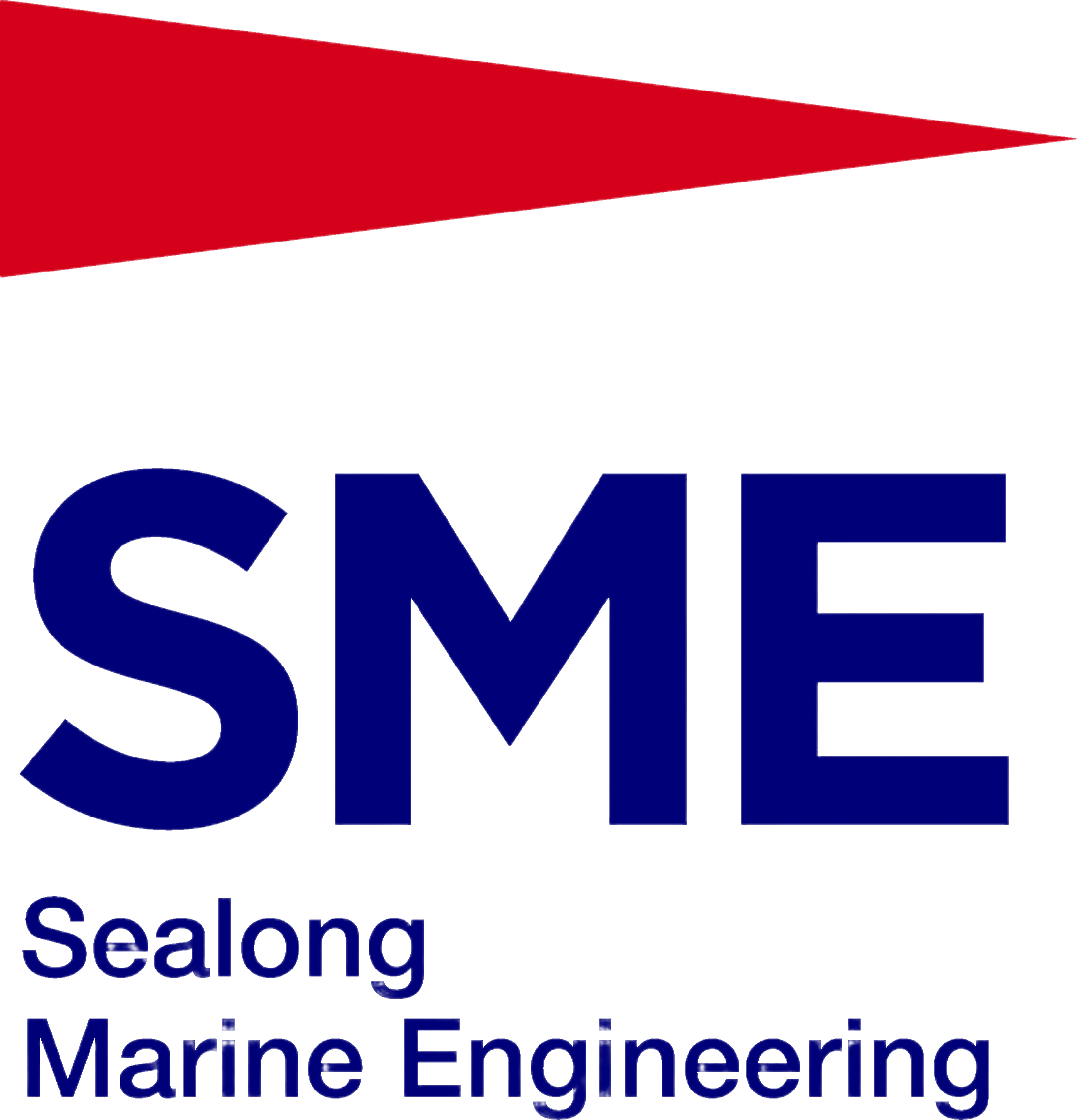Advantages of Using Plate Heat Exchangers in Industrial Processes
Chemical manufacturing, food processing, power generation etc rely on efficient heat transfer to remain productive, economical and quality. PHEs have specific advantages over the conventional heat transfer unit operations that improve efficiency, flexibility and reliability of processes. We mention these key benefits below, from the perspective of a SME as an engineer.
1. High Heat Transfer Efficiency for Process Optimization
Fast and uniform heat exchange is often required in an industrial process to maintain the quality of a product or tools. The plate heat exchanger (PHE) of SME has a corrugated shape of plates that generates turbulent flow and achieves a very high heattransfer efficiency. This turbulence breaks ‘stale’ boundary layers that form on the plate surfaces, so heat can be transferred 3-5 times faster than with shell and tube heat exchangers.
In the food industries, to cite one example, heat exchangers of SME-PHEs types lead to fast heating up or cooling down of liquids without affecting product stability (product quality) and reduce process duration and energy consumption. High heat transfer also helps in chemical plants to keep reactions at the most efficient temperatures and minimize waste while increasing yield. This saving is proportional to lower costs of operation AND less process cycles for industry to run.
2. Compact Footprint for Space-Constrained Facilities
Space is generally an issue for many industrial plants, particularly in retrofit situations or urban spaces where expensive (or unavailable) real estate hinders infrastructure build-out. The PHEs of SME are compact and modular in design which achieves high heat transfer for the smallest footprint (up to 70% smaller than shell-and-tube exchangers of equivalent capacity). The small foot print makes it easy to fit it into present process lines, and pricey facility expansions are completely unnecessary.
Such is the case for power plants or manufacturing facilities with cramped equipment standings in which SME PHEs may be positioned between the closely packed existing machinery, satisfying heat transfer needs without disrupting operations. Their light weight also makes installation easy, saving labor and production time during installation.
3. Flexibility to Adapt to Changing Process Demands
Heat loading rate needs to be varied in many industrial operations. SME’s PHEs provide unparalleled flexibility and can be tailored to meet specific project requirements using the modular plate stack; plates can be added or subtracted so as to increase or decrease heat transfer capacity without having to size a whole new unit. Such versatility means the exchanger is adapted to process variations, better than over capacity or under capacity.
SME also tailor the plate material and gasket type to suit specific process fluids. Sanitary grade plates and gaskets are used in pharmaceutical applications, corrosion resistant plates can be used for mining operations.
4. Easy Maintenance to Minimize Downtime
In industry, downtime is expensive; therefore access to maintenance is key. PHEs of SME are designed to be easily maintained: the plate pack is removed after loosening end bolts clamped it, and technicians may safely remove gaskets, inspecting/ cleaning/replacing plates. This obviates the use of special tools or extensive disassembly required in previous designs and can reduce maintenance time by as much as 50%.
For processes that are susceptible to fouling, quick access allows regular cleanings to restore performance, preventing those production-slowing drops. SME also provides instructions replacement how to maintain your industrial processes keep running.
Sealong Marine Engineering Group’s plate heat exchangers have the key measures of industrial process requirements effectiveness, compactness, flexibility and reliability in common making them a winning choice across industries. Utilizing SME’s PHEs, industrial operators recover their productivity, save more and are prepared for future demands.

 EN
EN







































